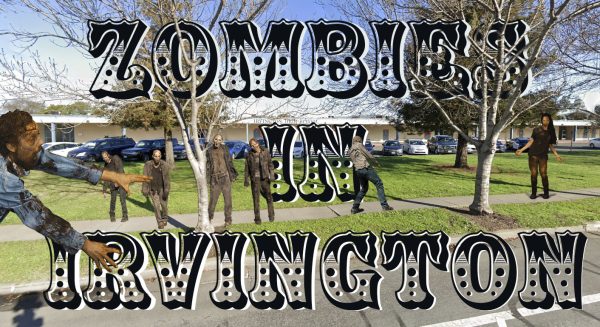The Struggle of Naming Things is Real!
The struggle of naming things is real, even in the complicated field of science.
It’s hard for humans to name things, and even harder for us to remember the names we assign. This holds true for even the smartest of us — scientists and engineers included. The fact that scientists are generally bad at naming things is well-known. However, the real question still remains: which type of scientist is the worst at naming their discoveries? To solve this intriguing mystery, I’ve created a list of badly-named discoveries from 4 popular fields of science:
1. Computer scientists: Most people in life only have the responsibility of naming a few things: pets, children, maybe coming up with some nicknames. However, computer scientists are used to naming things all the time when they code from variables to dictionaries. One would expect these engineers would be good at naming things, given the practice they have. However, many often resort to naming variables in their code with single letters (e.g. “a,” “b,”) or create new words of their own such as “fjskdhgkjdshgs” (this just makes their day when they have to come back and debug)!
2. Biologists: Arnold Menke named a wasp “Aha ha” in 1977 after receiving a package of insect specimens and shouting “aha!” Rather than sounding like a yelp of fear, this sounded like a laugh to me. I think Menke made a mistake with the order of the letters in the name; instead of “aha ha” it should be “aaahh”— I mean look at how creepy that wasp looks!
3. Chemists: Chemists actually named a molecule “diurea” since its structure included two urea molecules bonded together. At first, this may seem like a practical name as the molecule’s composition can be derived from the name. But imagine if someone was in a lab and said “I have created diurea!” Or easily misheard as, “I have created diarrhea!” Instead of receiving nods of approval or praise, they would be met with horrified, disgusted looks. How sad and embarrassing would that be?
4. Physicists: Our esteemed science historians at IHS spent hours finding funny names of inventions or theories created by physicists. I came across the hairy ball theorem, which looks simple to the eye and easy to understand. That is, until I tried to figure out its meaning, which “hertz” my head. So here’s the Wikipedia definition: “The hairy ball theorem of algebraic topology states that there is no nonvanishing continuous tangent vector field on even-dimensional n-spheres.” If you were able to understand that, I applaud you. But to the non-geeky people, like myself, out there, this was outright cruel. I had hoped that I’d finally be able to understand something in physics after reading the name of this theorem, but sadly that was not the case. So here’s my recommendation to future physicists who plan to win Nobel prizes and come up with theories: if your theories/inventions are complicated, be like the rest of the scientists out there and name them after something random in Latin so that people like me aren’t fooled into thinking they can finally understand physics.











